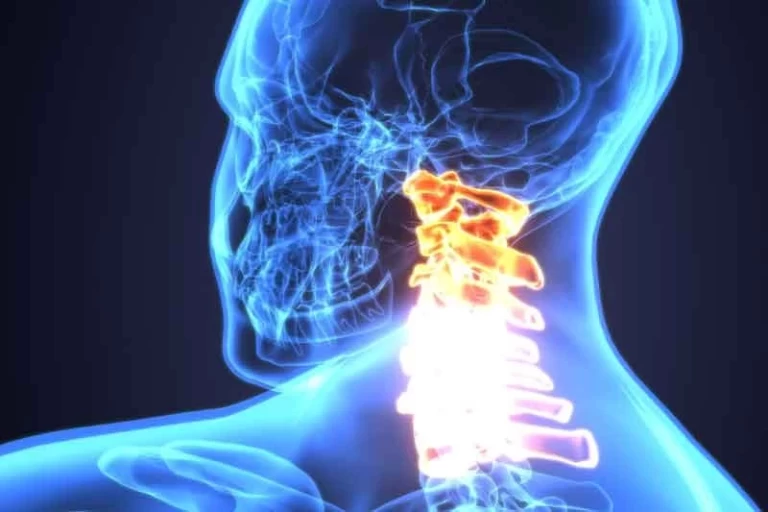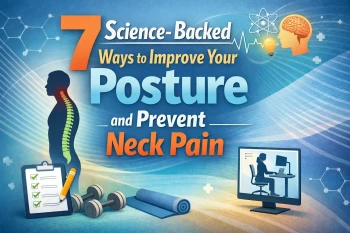
Cerebral Palsy – An umbrella term
What is Cerebral Palsy?
Upon breaking down this term we see two words; cerebral and palsy. Cerebral means a condition concerned with the brain while palsy means impairment of motor function. Cerebral palsy is not a disorder or disease itself in fact it is an umbrella term used for multiple disorders in the human body.
Cerebral palsy or CP is a group of neurological disorders in which the motor cortex of the brain is damaged either before the birth of a child when the brain is still developing or during the birth of a child due to carelessness or any pathological condition of mother or child itself.
However, CP is not caused only as a result of the injury. Sometimes the brain of a child is under-developed by the time of birth. The irreversible damage causes loss of proper motion and movement ability of the human body.
A patient of CP is unable to perform daily life chores effectively. They are even unable to keep track of their body motions. Surprisingly, this neurological group of disorders is the most common motor and movement disability among children.
Types of Cerebral Palsy
There are five types of CP. In each type, a different part of the brain is involved due to which different types of movement disorders occur.
- Spastic Cerebral Palsy
In this type, muscles become stiff, reflexes are exaggerated and it becomes really difficult for a person to walk. A typical patient of spastic CP has walking problems which include crossing their knees and scissor-like movements with their legs. Other than a problem in walking muscle weakness and paralysis also exists either one or both sides of the body. Among all the cases of CP, 80% of cases are of spastic CP making it the most common type of cerebral palsy.
- Dyskinetic Cerebral Palsy
In this type, there are sudden, involuntary, and abnormal movements in the upper and lower limbs. These movements are either slow and writhing or rapid and jerky. It makes holding objects, writing, and picking objects impossible. Sometimes, these involuntary movements also originate in the face and tongue due to which it becomes very difficult for the person to talk, eat, drink, chew, and swallow.
- Hypotonic Cerebral Palsy
In this type, there is a complete loss of muscle tone. Muscles of the upper and lower limb, thorax, and abdomen become very floppy as if loosely held. Since there is diminished muscle tone arms and legs move very easily without any serious effort. In this type of cases, babies are unable to hold their heads firmly as they keep falling on one side or another. Also, they have trouble sitting straight. Speech, walking, and reflexes are impaired.
- Ataxic Cerebral Palsy
In this type, the patient mainly has trouble maintaining balance and equilibrium. The affected person might voluntarily perform a movement but it appears quite jerky and clumsy at the same time. Disorganized movements with the loss of balance make walking and other functions like writing and holding objects quite difficult. Ataxic CP is the most uncommon type of cerebral palsy.
- Mixed Cerebral Palsy
In this type, as the name suggests two types of CP merge together. The combination of symptoms from two different CPs is called Mixed Cerebral Palsy. In most of the cases, dyskinetic and spastic cerebral palsy are involved in this type.
Classification of Cerebral Palsy
World Health Organization (WHO) and Surveillance of Cerebral Palsy in Europe coined the Gross Motor Function Classification System (GMFCS). It is a universal standard to determine the capabilities of people affected with cerebral palsy. GMFCS classifies the patient in the respective category by focusing on their ability to sit, the capability for movement and mobility, understanding and prioritizing their independence, and the use of adaptive technology.
- Level 1 of cerebral palsy involves the ability to walk without limitations.
- Level 2 of cerebral palsy involves the ability to walk a long distance without limitations. However, they lack the ability to run and jump. They walk with the help of arm and leg braces and often need a wheelchair when leaving their home.
- Level 3 of cerebral palsy involves the ability to stand without any assistive devices or human help and sit with little help. They usually need walkers or canes for support while walking and a wheelchair when leaving their homes.
- Level 4 of cerebral palsy involves the ability to sit with some help and the ability to move in a wheelchair.
- Level 5 involves the ability to control an automatic wheelchair. They don’t have the ability to sit and stand without any support. Also, they have trouble keeping their head and neck straight.
What are the symptoms of Cerebral Palsy?
- The muscle tone does not remain constant. Muscles are either too stiff or too floppy.
- Usually, spasticity is experienced due to stiff muscles and exaggerated reflexes.
- Usually, rigidity is experienced due to stiff muscles with normal reflexes.
- Ataxia, which is a lack of balance and muscle coordination, is common.
- Tremors or involuntary movements are common.
- Slow, writhing movements or rapid and jerky movements.
- Delay in motor skills milestone like rolling up, crawling, walk, and sitting up.
- Efficient with only one side of the body only.
- Excessive drooling or problems with swallowing
- Difficulty with sucking or eating
- Delays in speech development or difficulty speaking
Difficulty in learning new skills
Difficulty with fine motor skills, such as buttoning clothes or picking up utensils
Frequent or rare seizures
Upper cervical chiropractic improves the quality of life!
Chiropractic intervention did a huge break-through in the management and care of patients of cerebral palsy. Irrespective of type and classification chiropractic experts deal with the provided conditions in the most efficient and safest way.
In a comfortable setting, the family enlightens the chiropractic expert with all essential details. Depending upon the condition of the patient a session of 30-60 minutes is conducted where some alignments are corrected.
The chiropractic strategy consists of Activator or Gonstead technique which involves spine adjustments, massages, improvement of electrical stimulation, traction, use of heat and cold applications, adjustment of joint dysfunctions, and myofascial release.




Leave a comment